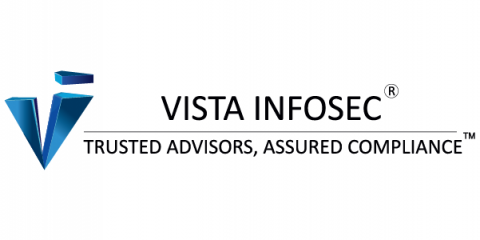Security | Threat Detection | Cyberattacks | DevSecOps | Compliance
Latest News
What the GDPR Means for Your Organization
The European Union (EU) General Data Protection Regulation (GDPR) turns five this year. While the law spawned many imitators, most notably the California Consumer Privacy Act (CCPA), the GDPR remains the world’s most comprehensive, far-reaching data privacy law to date. It gave European citizens a wide swath of new data privacy rights, while placing significant new data governance responsibilities on organizations.
Financial Firms In The European Union Are Facing Strict Rules Around Cloud Based Services
In today's hyper-connected world, most of us now take care of our daily tasks with the help of digital tools, which includes online banking. Whether we're reviewing our account balances, transferring money, applying for payment cards, or simply paying our bills, banking has become more digital, and requires financial firms to adapt to this new world of transacting business. This adaptation has seen EU-based financial firms adopting and relying more heavily on cloud services.
SIEM Systems for IBM AS400
Security Information and Event Management (SIEM) systems are essential for protecting IBM AS400 systems in the financial industry. These systems are designed to collect, analyze and correlate log data from various sources, including servers, network devices, and applications, to identify security threats and compliance violations.
The CPRA Clearly Explained (Includes a Compliance Guide)
The California Privacy Rights Act (CPRA) is a privacy law that was passed in California in 2020. It strengthens the security standards of the California Consumer Privacy Act (CCPA), making California's consumer privacy laws more aligned with the General Data Protection Regulation (GDPR). The CCPA gives California residents the right to know what personal data is being collected by companies and whether it will be sold or disclosed to other parties.
Centralized Log Management for the Digital Operational Resilience Act (DORA)
5 Reasons Why You Need to Review Your Data Privacy Policy Now
Without a doubt, data privacy will be a much bigger focus for small- and medium-sized businesses in 2023, as the U.S. states of California, Colorado, Connecticut, Utah, and Virginia all enact stricter privacy legislation. Similarly, the Canadian province of Quebec is also in the process of updating its data privacy laws.
Centralized Log Management for the German IT Security Act 2.0
How Australia's Privacy Legislation Amendment impacts cybersecurity
GDPR Compliance for Email Marketing and Cold-Callings
Cold calling and emailing have always been popular and effective techniques of sales and communication with prospective clients. It is a way how brands can reach out to potential clients who may not be aware of your service or product offerings. It is a technique of creating brand awareness and lead generation. However, many customers see these activities as spamming.











